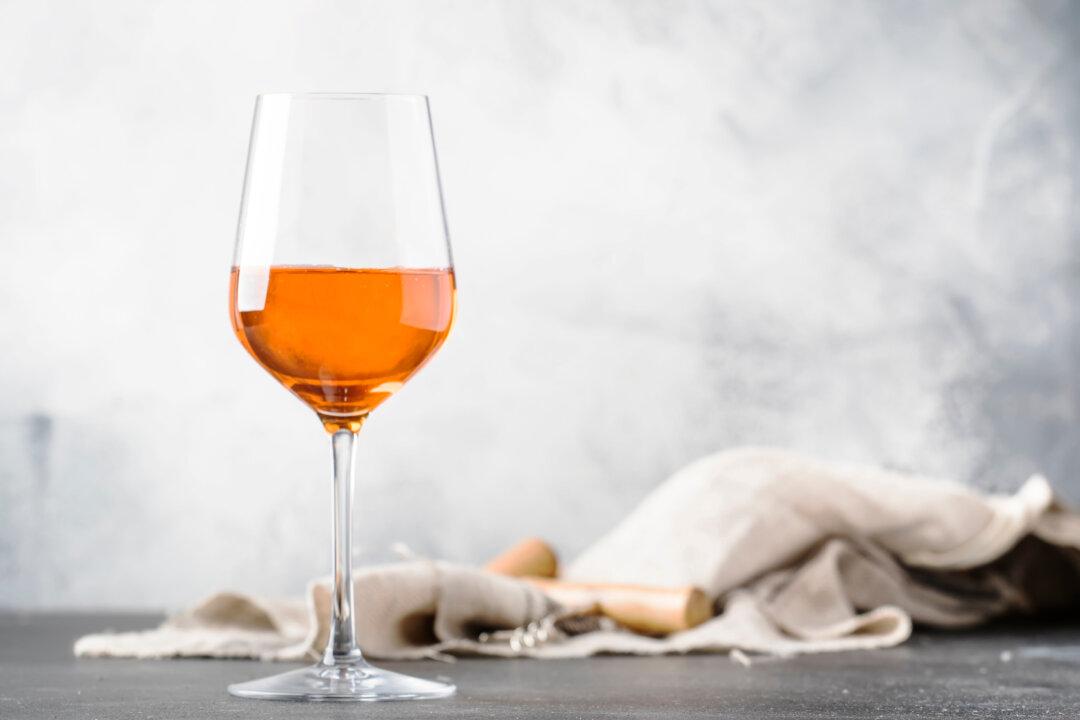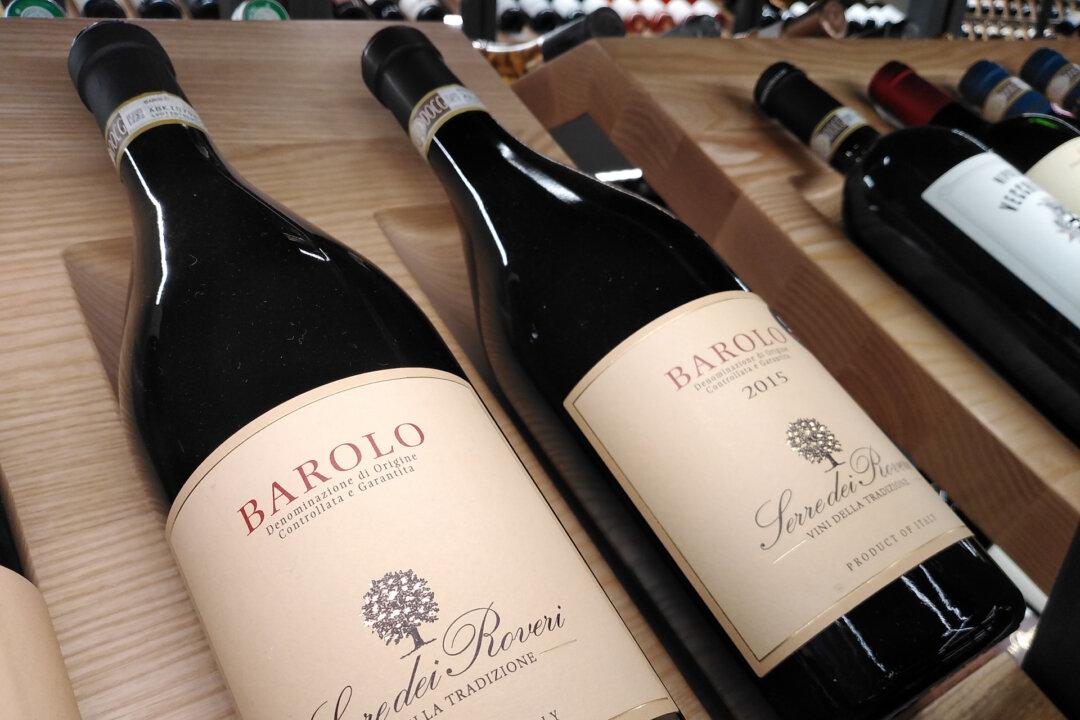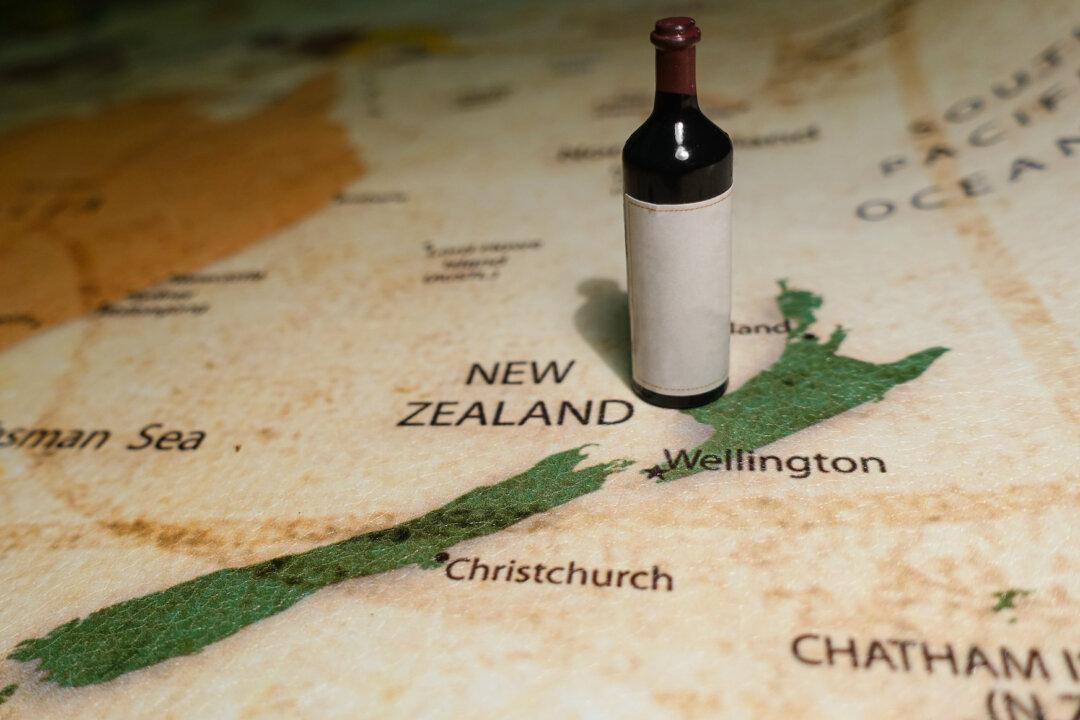Dining outside can be a treat, but it has a way of affecting how we enjoy our meals, which includes wine—which I consider to be an extra course in the meal.
In the waning days of summer, many people take to patios and other alfresco venues, which is one way to avoid turning on air conditioning and escape the confines of hot home environments.
This, however, calls for a slight adjustment in the way wine typically is served, although some people do not realize the impact dining outside imposes on how we appreciate our wine. And not knowing this can create problems for some serious wine people.
If you consider wine to simply be a beverage whose primary function is to be wet, then most of the following will have little impact on the way you dine outside. But wine lovers should appreciate some of these ideas.
First is the fact that dining out-of-doors imposes different scents on our noses. These include things like trees (leaves), plants (jasmine!), pool chlorine, cut grass, automobile exhaust (diesel?!), ablaze charcoal briquettes, lighter fluid, and neighbors’ cigarettes.
None of this is appealing when it comes to serving fine wine. I have several stories that apply here. Almost none ended positively.
For one thing, mature bottles of red wine are best served in environments where there is no extraneous aromatic impact. That includes serving them where no one is cooking aromatic dishes that intrude on the delicate nuances in mature red wines.
Outside? Bad idea.
For that reason, I suggest avoiding classic old wines, whether white or red, when dining outside. All the imposed smells listed above will probably invade the noses of those who care, ruining the experience.
Dry Rosé
The way pink wines are made these days, dozens are appealingly refreshing and help to cool brows when temperatures rise. They may be kept cool in ice buckets or fridges, they work with almost all foods, most—including the best—can be had for well under $20 a bottle, and they are festive—which is what dining outside is all about.Gewurztraminer
The wildly spicy aromatics of this wonderful white grape are perfectly suited for all aromatic intrusions that may invade patios. It may be hard to find dry versions, but since patio food typically isn’t complicated, a chilled glass of Gewurz is remarkably appealing.Lighter Pinot Noir
If you really need a red wine in your backyard, try to find one with alcohol levels about 13 percent or lower. I realize it’s unlikely you'll find such a thing, so make your own. Simply take a higher alcohol pinot and add half an ice cube. Pinot noir usually has less astringency than other reds, and that’s what you’re seeking to go with hamburgers, hot dogs, and corn on the cob.Sauvignon Blanc From New Zealand
If you’re dining on the grass, this Kiwi wine will compete nicely with outdoor smells, may be kept cold, and appeals to almost everyone.Wine of the Week
2021 Matua Valley Sauvignon Blanc, Marlborough ($12): The aromas of lime, cut grass, and grapefruit are paired with a soft entry and appealing acidity to make for an all-purpose white wine, easy to sip and fine with simple foods. Patio perfection.





